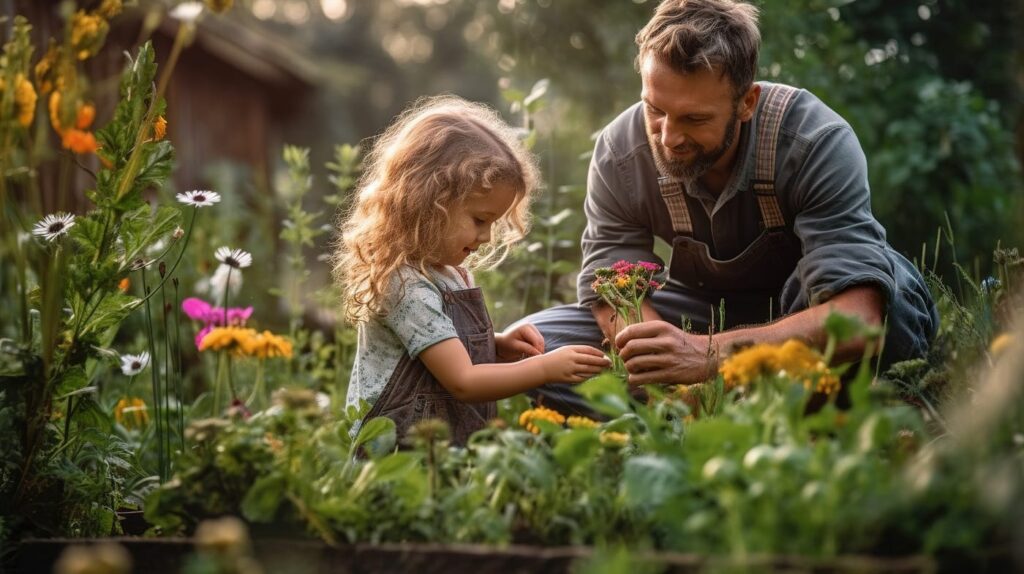
Biodiversity, the intricate web of life that encompasses all living organisms, is not just confined to far-off rainforests or remote ecosystems. It thrives right in our own backyards, amidst the petals of flowers and the rustle of leaves. In fact, your garden is a microcosm of biodiversity waiting to be discovered and nurtured.
As we delve into the world of biodiversity in the garden, we uncover a tapestry of interconnected life forms, each playing a vital role in sustaining the delicate balance of nature. From the buzzing bees pollinating flowers to the earthworms aerating the soil, every creature has a part to play in this symphony of life.

One of the key principles of fostering biodiversity in the garden is embracing the concept of “gardening for wildlife.” This entails creating habitats and providing resources that support a diverse array of species, from insects and birds to amphibians and mammals. By planting a variety of native plants, incorporating water features, and leaving patches of wild growth, you can attract and sustain a rich diversity of wildlife in your garden.
But biodiversity in the garden goes beyond just attracting wildlife; it also encompasses the microbial life that thrives beneath the surface. Soil microbes, such as bacteria and fungi, play a crucial role in nutrient cycling, decomposition, and overall soil health. By practicing organic gardening methods, minimizing the use of chemical fertilizers and pesticides, you can create a thriving ecosystem underground that supports healthy plant growth and biodiversity above ground.

Furthermore, biodiversity in the garden extends to the countless species of plants that call it home. By cultivating a diverse range of plant species, you not only enhance the aesthetic appeal of your garden but also provide food and habitat for a myriad of creatures. Native plants, in particular, are essential for supporting local biodiversity, as they have evolved alongside native wildlife and are perfectly adapted to the local climate and soil conditions.
As stewards of our own little patches of greenery, we have the power to positively impact biodiversity in our gardens. By embracing sustainable gardening practices, planting native species, and creating wildlife-friendly habitats, we can transform our gardens into vibrant hubs of life teeming with biodiversity.

In doing so, we not only create havens for wildlife but also reap the benefits of a more resilient and vibrant ecosystem right outside our doorstep. So, the next time you step into your garden, take a moment to appreciate the intricate web of life that surrounds you and marvel at the wonders of biodiversity in your own backyard.

Leave a Reply